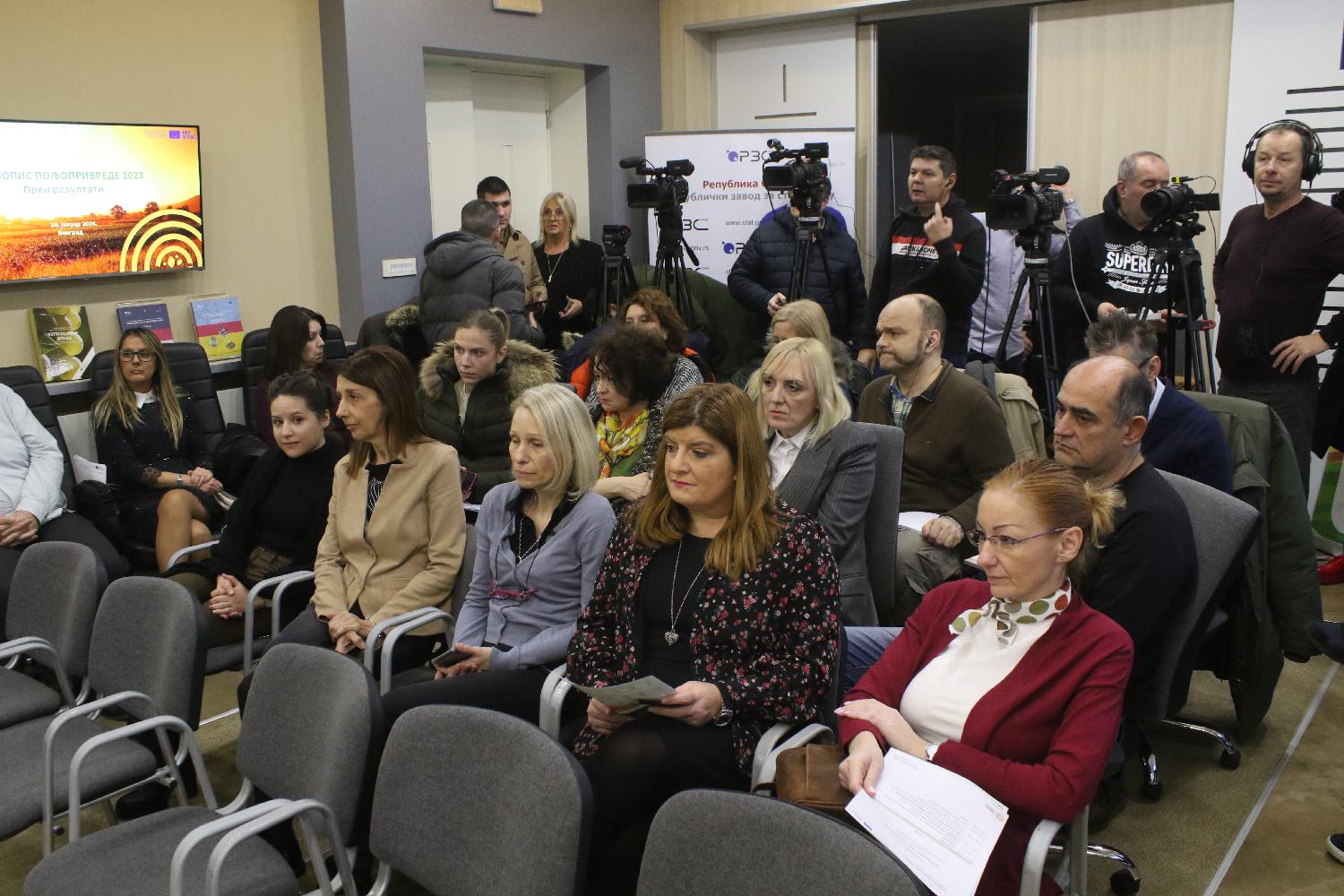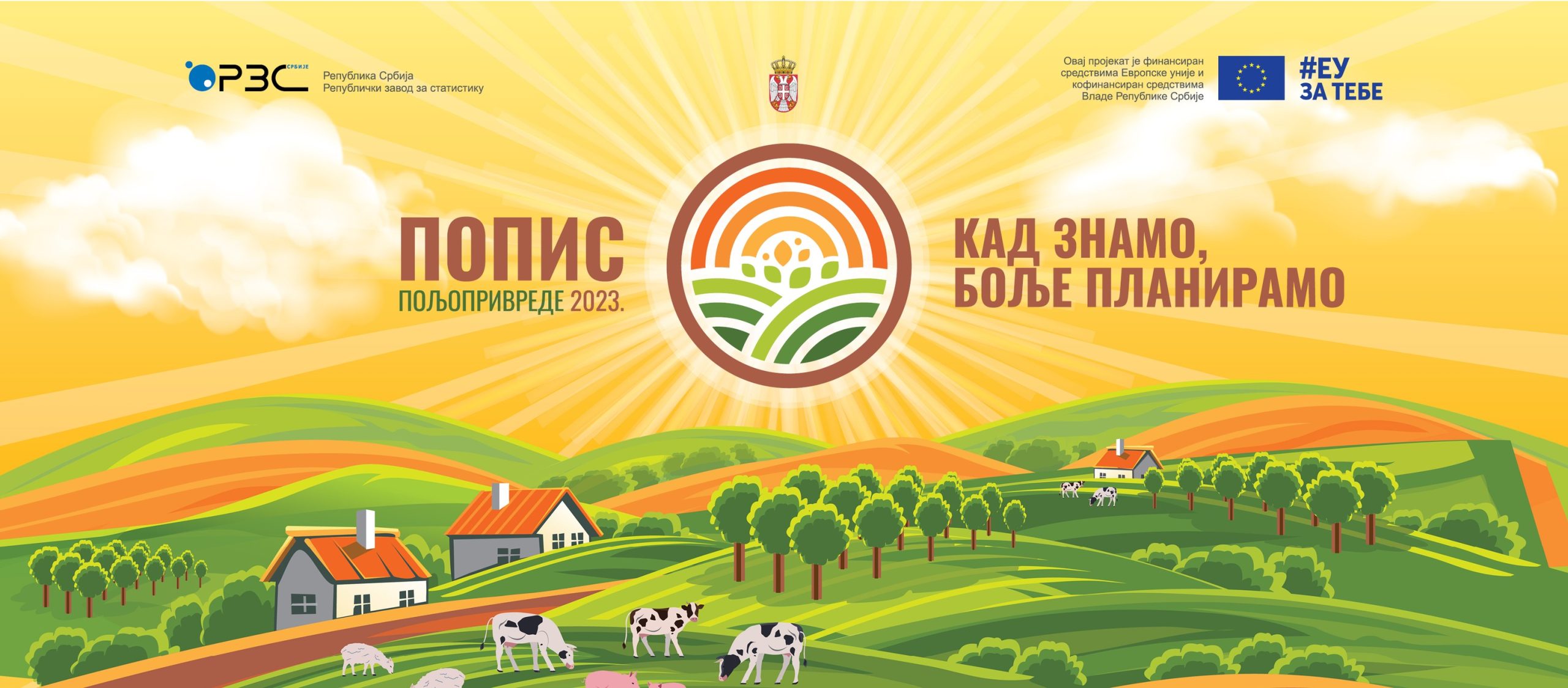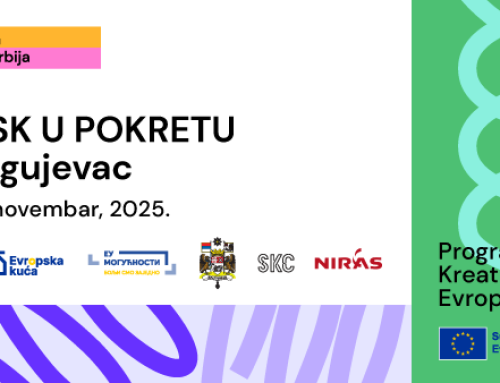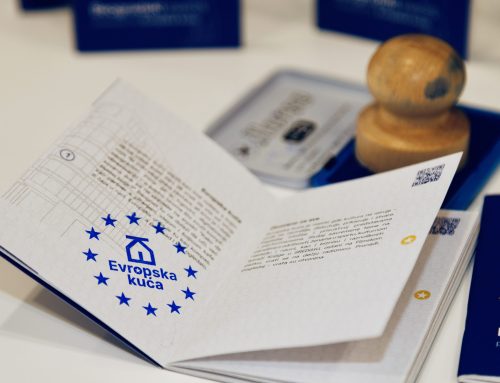The results of the Agriculture Census enable a detailed overview of the sector of agriculture, with a special focus on agricultural holdings and regional representation by area, including the structure of available agricultural land.
According to the preliminary results of the Agriculture Census, in the Republic of Serbia, in 2023, 508,365 holdings, of which 99.6 percent were family farms, were involved in agricultural production. The average agricultural holding cultivates 6.4 ha, raises one head of cattle, 5 heads of pigs, 3 sheep, 43 head of poultry and has about 3 beehives.
The presentation of the preliminary results of the Agriculture Census 2023 was attended today in Belgrade by Miladin Kovačević, Director of the Statistical Office of the Republic of Serbia, Martin Klaucke, Head of Operations II from the EU Delegation in Serbia, Dragana Marković, Head of the Department of Agriculture and Forestry Statistics, as well as Assistant Director Petar Korović.

Klaucke says that the entire process of the Agriculture Census was carried out in accordance with the standards of the FAO of the UN.
“I must say that this census is also very important for agricultural producers, so that they know what the situation is on the market and what are the current trends”, said the representative of the EU Delegation.
Klaucke pointed out that the cooperation between the SORS and the EU is very important not only because of the trade flow, but also for the sake of cooperation in the field of statistics, for the implementation of other projects in the future.

During the field survey, from October 1 to December 15, a total of 253 municipal coordinators and 2,842 enumerators were engaged in the census, who visited about 740,000 agricultural holdings – family farms, farms of legal entities and entrepreneurs. The main characteristics of agricultural holdings that were registered during this census are identification data of holdings, land fund and categories of agricultural land use.
“A great improvement was made during this census, and that is what we call successful digitisation. The methodology of electronic questionnaires and the methodology of real-time control were applied”, said Miladin Kovačević, Director of the Statistical Office of the Republic of Serbia.

“The importance of the results of the 2023 Agriculture Census is that they provide comprehensive, internationally comparable data, an overview of the structural characteristics of agriculture, as well as a basis for creating a sustainable agricultural policy”, said Kovačević.
The 2023 Agriculture Census was conducted by the Statistical Office of the Republic of Serbia in the period from October 1 to December 15, 2023. The financial resources for the census were provided from the EU Pre-accession funds and the national budget. The EU provided EUR 20 million in grants for the population and agriculture census.

The data collected using the interview method in the field based on the Register of Agricultural Holdings, and the farms of business entities and agricultural cooperatives independently entered data into a web questionnaire, which was available until June 1, 2023. The final census results will be published in the dissemination database on the website of the Statistical Office of the Republic of Serbia, successively, during 2024, and by the end of 2025 at the latest.
More details about the census results
The European Union’s support for agriculture and rural development in Serbia is worth more than EUR 230 million since 2000 till this day. The funds are used to increase the competitiveness of farms, companies and processing capacities through the IPARD program, animal welfare and disease control, maintaining soil in good condition, establishing national reference laboratories, ensuring overall food safety, harmonizing agricultural policy and preparing public administration for the application of EU standards.
EU projects from this sector encourage the use of resources from the funds for agriculture and rural development, improvement of product quality, providing incentives and increasing the competitiveness of Serbian farmers on the European Union market with over 500 million consumers.




